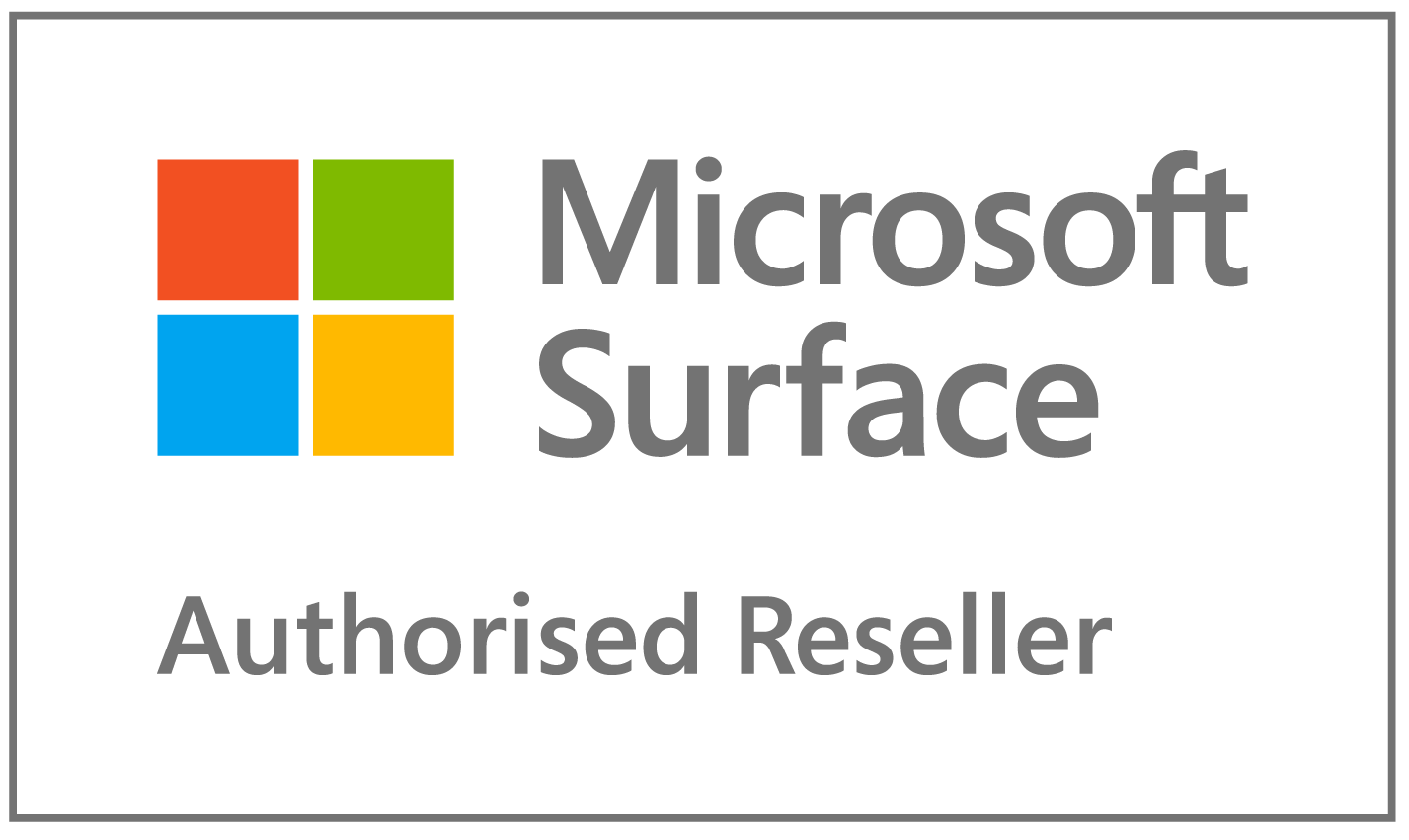Choosing the right amount of storage for your new Mac is a crucial decision that can greatly impact your user experience and productivity. It is also a big factor in the cost of a new system. The SSDs in modern Macs are blazingly fast, but they are not cheap.
The amount of data you work with is the primary consideration. Presuming you are considering a new Mac to replace an older computer, the first thing to consider in assessing your storage needs is how much storage you old computer has, and how full it is. For some users, the fact that their old computer is constantly running out of space is a big part of the motivation in considering a new Mac. So working out how much data you are currently carrying, and how fast that amount of data is likely to grow is the way to assess how much storage you need in a new Mac.
As with RAM, remember that you can not upgrade the SSD in any modern Mac. So choices you make in specifying your new Mac will be with you for the life of that system.
In assessing the amount of data you are holding, it is worth making sure that it is all data that you really need to be keeping.
Some data might be able to be archived to external drives. You can also choose to move a lot of your data to a cloud service like iCloud, Dropbox, Google Drive or OneDrive.
Often users have data that they really don’t need on their drives, and getting rid of this might mean you can live quite comfortably with a smaller SSD. Old user accounts on a computer might be using a big chunk of your drive. Old backups of iOS devices might be taking up space too. Every time you back up an iPhone to your computer, you are copying a big chunk of data to your computer. If your phone has 64GB of storage, and is largely full, every time you back it up you will take up that amount of space on your drive. 4 or 5 of those backups can get to take up a huge proportion of your drive. So rationalising phone and iPad backups to keep only the most recent one, might save you a huge amount of space.
Clearing our old data on your old computer will also make migrating to a new Mac a faster exercise.
If you mainly use your Mac for web browsing, word processing, and lightweight tasks, a smaller SSD (256GB or 512GB) may suffice. However, if you work with large files, such as video editing, high-resolution images or 3D modelling, a larger SSD (1TB or more) would be more suitable. For those on a tight budget, consider a combination of a smaller SSD for essential software and a larger external HDD for data storage.
Future-proofing: Think about your needs in the coming years. Applications and operating systems tend to get larger with time, so it’s wise to leave some room for growth. Opting for a slightly larger SSD now can save you from future storage woes.
Cloud Storage: If you’re comfortable using cloud services like iCloud, Dropbox, Google Drive, or OneDrive, you may not need as much local storage. These services offer a convenient way to store and access your data from anywhere. Keep in mind that a reliable internet connection is essential for seamless cloud storage usage.
External Storage Options: Consider how often you’re willing to rely on external storage solutions. If you’re comfortable with using external hard drives or portable SSDs for additional storage, you can get away with a smaller internal drive. This approach allows you to expand your storage as needed without incurring the cost of a larger internal SSD.
Budget: Your budget is another critical factor. Larger SSDs are more expensive, so you’ll need to balance your storage needs with your financial constraints. If budget is a concern, think about investing in a smaller internal SSD and adding external storage as necessary.
Here are some typical storage configurations for various types of Mac users:
Casual User: A 256GB or 512GB SSD is suitable for those who use their Mac for everyday tasks like web browsing, email, and document editing. Photos can consume a lot of space for these users, but iCloud or Google Drive can be used for photos, allowing you to get by with less local storage.
Content Creator: Content creators, such as video editors, graphic designers, and photographers, should opt for a 1TB or larger SSD, and will probably need additional external disk or cloud storage as well.
Business Professional: Business professionals who rely on productivity software, presentations, and documents can comfortably use a 512GB SSD, and they may choose to supplement their storage with cloud services.
Power User: For power users who do a bit of everything, a 1TB SSD is a good middle-ground option. It provides ample storage for various applications and tasks.
Pro User: Professional users with demanding workflows should consider 2TB or larger SSDs. These individuals often work with massive datasets and need the extra capacity.
Deciding how much storage you need in your new Mac is a personalized process that depends on your specific usage, future plans, and budget. By considering the factors mentioned above, you can make an informed decision that ensures your Mac meets your needs without overcommitting to unnecessary storage, or under specifying. Remember that external storage options and cloud services can also help bridge any storage gaps as your needs evolve.
If in doubt as to how much storage you need in your new Mac, talk to Mac Aid.










